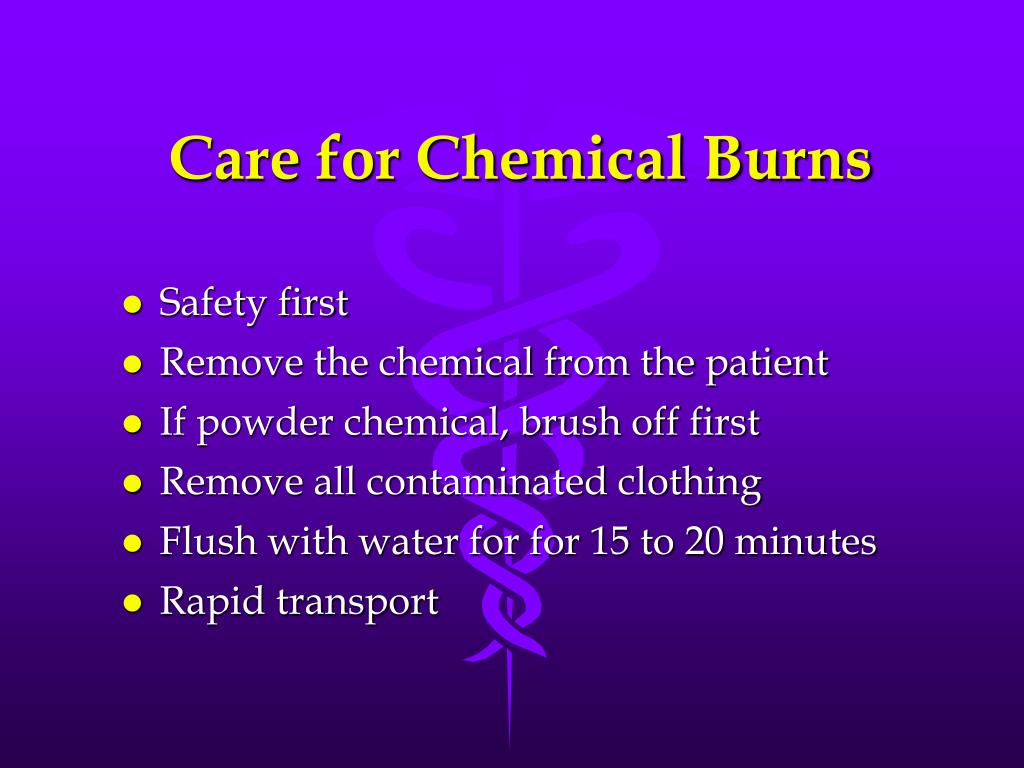
In other words, for patients with major burns, the formal intravascular route is the preferred choice, except in mass casualty situations where access to medical care is limited, and provided the gastrointestinal tract is uninjured. Current recommendations are to initiate formal intravascular fluid resuscitation when the surface area burned is greater than 20%. Although enteral resuscitation has been attempted for even major burn injuries, vomiting has been a limiting problem for this route. The route for fluid management is of importance in these instances. As the total body surface area (TBSA) involved in the burn approaches 15–20%, the systemic inflammatory response syndrome is initiated and massive fluid shifts, which result in burn oedema and burn shock, can be expected. The reduction in cardiac output is the combined result of decreased plasma volume, increased afterload and decreased cardiac contractility, induced by circulating mediators.Īs mentioned above, during this early period in which various pathopysiological changes take place, appropriate fluid management plays a fundamental role.Ĭurrent approaches to fluid management: Optimal route and necessity of formal resuscitationīurn injuries of less than 20% are associated with minimal fluid shifts and can generally be resuscitated with oral hydration, except in cases of facial, hand and genital burns, as well as burns in children and the elderly. Reduced cardiac output is a hallmark in this early post-injury phase. The steady intravascular fluid loss due to these sequences of events requires sustained replacement of intravascular volume in order to prevent end-organ hypoperfusion and ischaemia.


Subsequently, intravascular hypovolemia and haemoconcentration develop and maximum levels are reached within 12 hours after injury. Increase in transcapillary permeability results in a rapid transfer of water, inorganic solutes, and plasma proteins between the intravascular and interstitial spaces. These mediators are responsible for local vasoconstriction, systemic vasodilation, and increased transcapillary permeability. Heat injury also initiates the release of inflammatory and vasoactive mediators. Disruption of sodium-ATPase activity presumably causes an intracellular sodium shift which contributes to hypovolemia and cellular oedema. As such, burn shock, which is a combination of distributive, hypovolemic and cardiogenic shock, begins at the cellular level. Cellular membrane dysfunction leads to the distribution of sodium-ATPase activity. Subsequently, the decrease in cellular transmembrane potential is observed in both injured and uninjured tissue.
#Electrical shock closely monity free#
ROS are toxic cell metabolites that include oxygen free radicals and cause local cellular membrane dysfunction and propagate an immune response. This occurs within minutes to hours after injury and is followed by the production of highly reactive oxygen species (ROS) during reperfusion of ischaemic tissues. histamine, prostaglandins, thromboxane, nitric oxide) that increase capillary permeability and lead to localised burn wound oedema.

Major burn injuries result in an area of necrotic zone, beneath this lies the zone of stasis and results in release of inflammatory mediators (e.g.


 0 kommentar(er)
0 kommentar(er)
